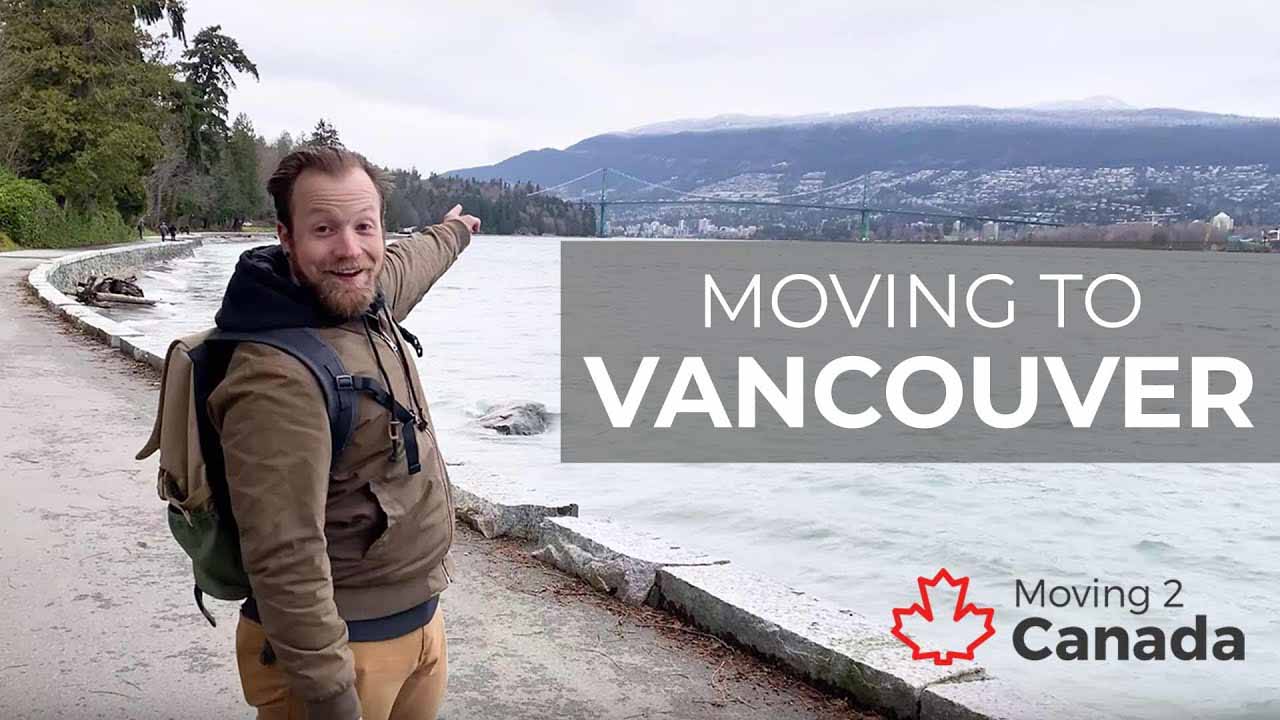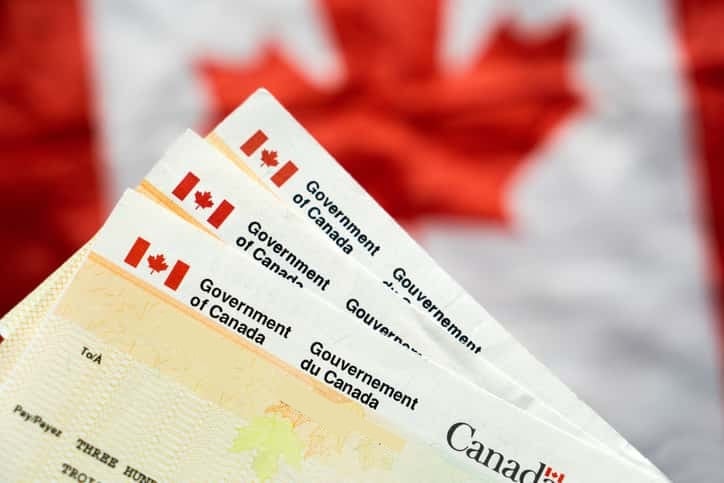By Nicole Scherleitner
Posted on December 18, 2018
Updated on January 16, 2024
Welcome back!
December has been a whirlwind of emotions so far. My flight to Canada is seven days away. With my head filled with all the things I still need to do and wanting to spend every minute I still have with everybody, I sadly have to actively catch myself and just allow myself also to be excited.
For this installment of my blog, I wanted to take the time and talk a little more about the specifics of how to acquire a working holiday work permit for Canada.
There are different types of visas in the International Experience Canada (IEC) program.
How to get an IEC work permit
First step is to do some research and find out which one you qualify for and which one fits your plans the best.
Since I really only qualified for one, that decision was easy for me → Working Holiday.
Once I submitted my profile to the IEC pool I had to wait for my invitation letter in order to be able to apply for a fitting work permit.
I have to give kudos to the government of Canada for its immigration homepage. I’ve applied for quite a few visas already, and this one was definitely the most well explained process I’ve gone through so far. I’m naturally an over-thinker, so questions that aren’t clearly phrased are my worst nightmare. I don’t want to risk the outcome of my visa grant to fail because of a misunderstood question.
The department of Immigration, Refugees and Citizenship Canada (IRCC) offers tons of information about which documents could be relevant for this process so you can prepare them beforehand, which was great because I was gambling with my time. All my savings were spent and I had just seen my family again. I knew that once I was granted my Port of Entry Letter of Introduction, I would have one year to enter Canada and be given my work permit. Since I needed as much time possible to save money and plan, I was trying to drag out the application process. But there were time limits to how many days I had to provide the necessary documents.
The initial information and documents that needed to be provided are all the standard information you usually give for a visa application. Once you start that process you have a specific amount of time to fill everything out and submit your finished application. This is where my biggest hurdle came.
I had already organized everything that was mentioned in the information page beforehand. There was one thing that I wasn’t prepared for, however, and this one single thing almost ruined my entire Canada before it even began.
You need to provide a police certificate for every country that you lived, visited or worked in for six months or longer. I, being from Austria, already had the one issued by the Austrian authorities, but I didn’t count on having to have one from the United States, where I had studied a few years previously. And it’s not quite as easy to have one issued from there than it is here in Austria, especially if you aren’t in the United States personally. Suddenly, that time frame I referred to earlier became very short.
What ultimately saved me was that in order to submit the application it was enough to have proof that you applied to have the police certificate issued.
Again, kudos to the IRCC homepage for providing me with the correct website to apply for a police certificate from the relevant authority in the United States, which, as it turns out, is the FBI.
Most of the information they asked for was the usual personal, family and working information/history, and then fingerprints. Now, Austria is not really a country where you frequently, or ever really, need to provide fingerprints. So where do you go to have them taken at such short notice? I went to the police.
After explaining and begging and smiling, to the point were I felt like my face might permanently freeze like that, and probably sending out very desperate vibes, they were nice enough to try and help me. My mom and I spent quite some time in the waiting room while a nice officer called around in the building to try and find someone that has the clearance and equipment to actually take my fingerprints. I was in luck, as a very nice woman agreed to help me just a few minutes before the end of her shift. If she hadn’t, I would have had to wait until Monday and my time frame would have been over. We were lead into the section of the department that you usually only get (or rather have) to see if you have committed a crime.
My mom found the whole experience hilarious, and if I wasn’t so anxious the whole time, I’m sure I would have too.
Fingerprints and everything else finally together, I sent off the package in the mail. Now, my hometown (Weikersdorf, about an from Vienna) is so small that we don’t actually have a post office, only a post counter in our one and only tiny grocery store. I can tell you with near 100 percent certainty that no one that works there has ever had to mail something to the FBI.
And that was it, with everything submitted all that was left to do was wait. One month later I received an email with the good news that I had been granted my Port of Entry Letter of Introduction and could now come to Canada and get my work permit.
Canada, here I come!
Nicole, 21, is moving to Canada with dreams of working in the Vancouver film industry. You can read the previous installment of Nicole’s blog here.
Follow Moving2Canada on Facebook and Twitter, where we’ll be posting these blogs as they are published.

By Nicole Scherleitner
Posted on December 18, 2018
Updated on January 16, 2024
Rate article





Advertisement
Advertisement
Related articles

Latest IEC Working Holiday Canada News
Read more

5 Canadian cities ranked among the best in the world
Read more

Canada’s IEC and the Temporary Resident Targets: What To Expect
Read more

Finland joins IEC Canada countries
Read more
-

Canada Abroad
Canada Abroad is a transparent Canadian immigration consultancy with advice you can trust. Led by Deanne Acres-Lans (RCIC #508363), the team delivers professional, regulated, and efficient service.
-

Doherty Fultz Immigration
Led by Anthony Doherty (RCIC #510956) and Cassandra Fultz (#514356), the Doherty Fultz team uses their 40+ years of experience to empower you towards settling in Canada.
-

Perez McKenzie Immigration
Led by Jenny Perez (RCIC #423103), Perez McKenzie Immigration is a Canadian immigration consultancy based in British Columbia, with offices in Vancouver and Whistler.
Get your immigration questions answered by an expert
-

Find the best immigration program for you
Take our free immigration quiz and we'll tell you the best immigration programs for you!
-

Get matched to job opportunities
Get matched to job opportunities from Canadian employers who are seeking to hire people with your skills.
-

Access our immigration roadmaps
Our immigration roadmaps will teach you the basics of Express Entry, study permits, and more! Take control of your own immigration process.










